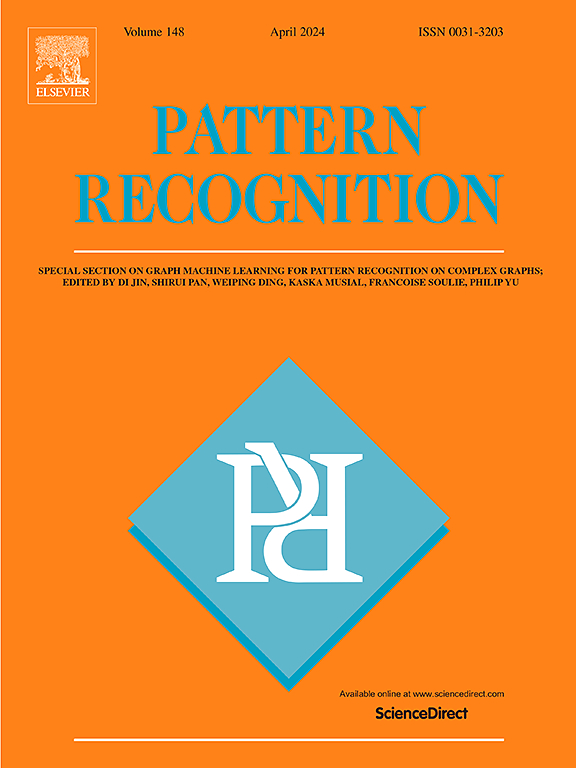Progressive class-aware instance enhancement for aircraft detection in remote sensing imagery
IF 7.5
1区 计算机科学
Q1 COMPUTER SCIENCE, ARTIFICIAL INTELLIGENCE
引用次数: 0
Abstract
Aircraft detection and type identification in optical remote sensing imagery are critical for civilian and military applications, including air traffic control and strategic surveillance. However, existing methods ignore the unique cross-shaped geometric structure and low spatial occupancy of aircraft, leading to inaccurate localization and category confusion. In response, this paper proposes a novel anchor-free detection network that leverages point set representation, integrating the progressive class-aware dual branches (PCA-DB) and instance-guided enhancement module (IGEM). Specifically, considering the underlying structure of aircraft, PCA-DB consists of the coarse foreground instance branch and the refined cross-shaped branch to facilitate high-quality point set generation. Through multi-task learning, the auxiliary branches implicitly inject geometric priors into shared features, effectively suppressing background interference. Subsequently, IGEM introduces the interactive attention mechanism to adaptively fuse the instance-level information in the auxiliary branch with features in the main branches, explicitly enhancing the discriminative features of aircraft. Extensive experiments validate the superior performance of the proposed method on several aircraft datasets, including MAR20, FAIR1M-Plane, and CORS-ADD. There are 5.42%, 4.28%, and 1.37% improvements in mAP in our method compared to the baseline network.
求助全文
约1分钟内获得全文
求助全文
来源期刊

Pattern Recognition
工程技术-工程:电子与电气
CiteScore
14.40
自引率
16.20%
发文量
683
审稿时长
5.6 months
期刊介绍:
The field of Pattern Recognition is both mature and rapidly evolving, playing a crucial role in various related fields such as computer vision, image processing, text analysis, and neural networks. It closely intersects with machine learning and is being applied in emerging areas like biometrics, bioinformatics, multimedia data analysis, and data science. The journal Pattern Recognition, established half a century ago during the early days of computer science, has since grown significantly in scope and influence.
 求助内容:
求助内容: 应助结果提醒方式:
应助结果提醒方式:


